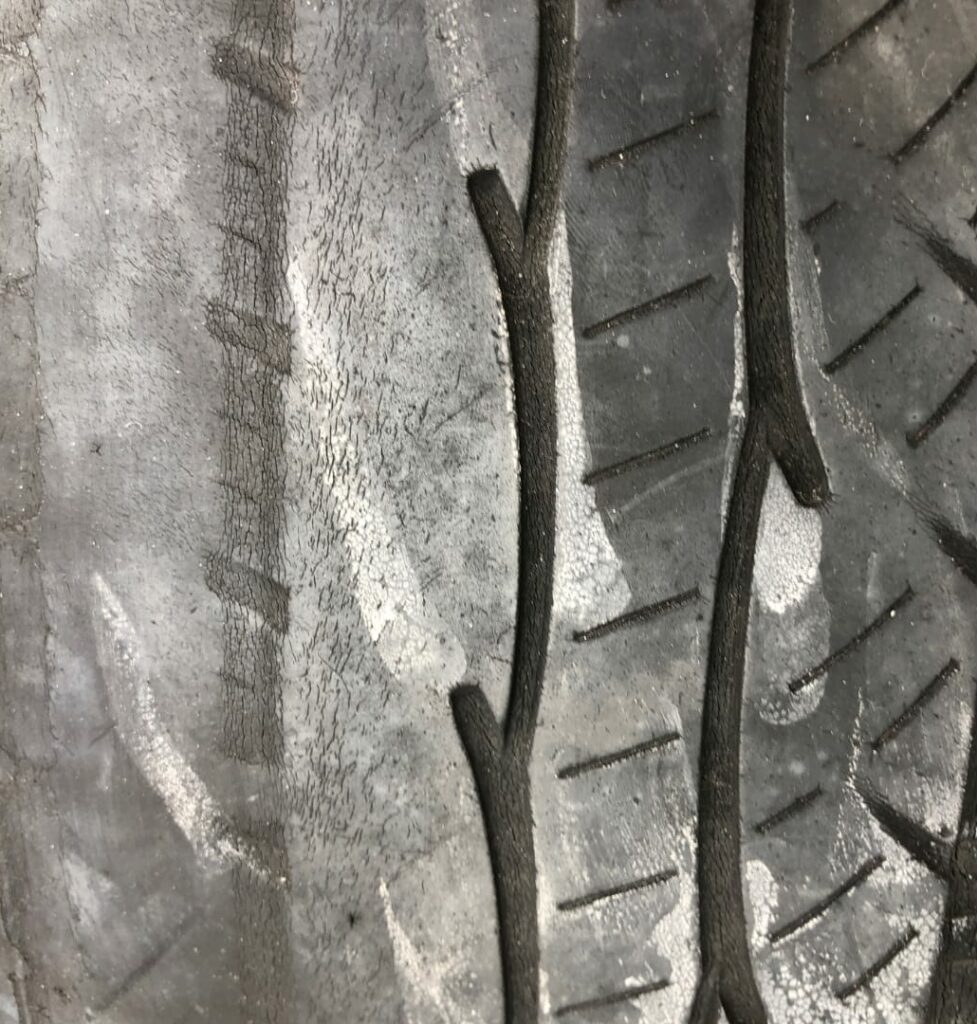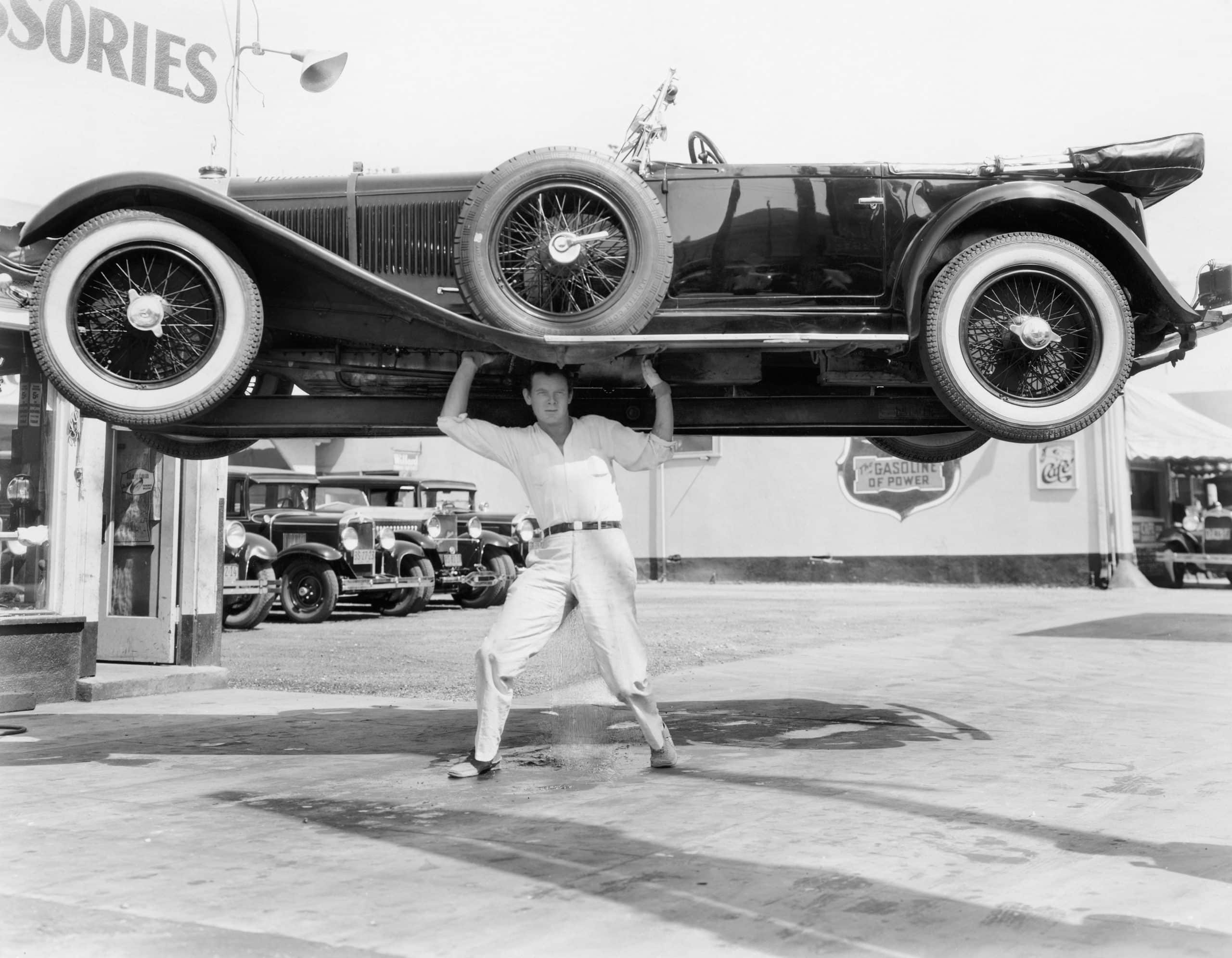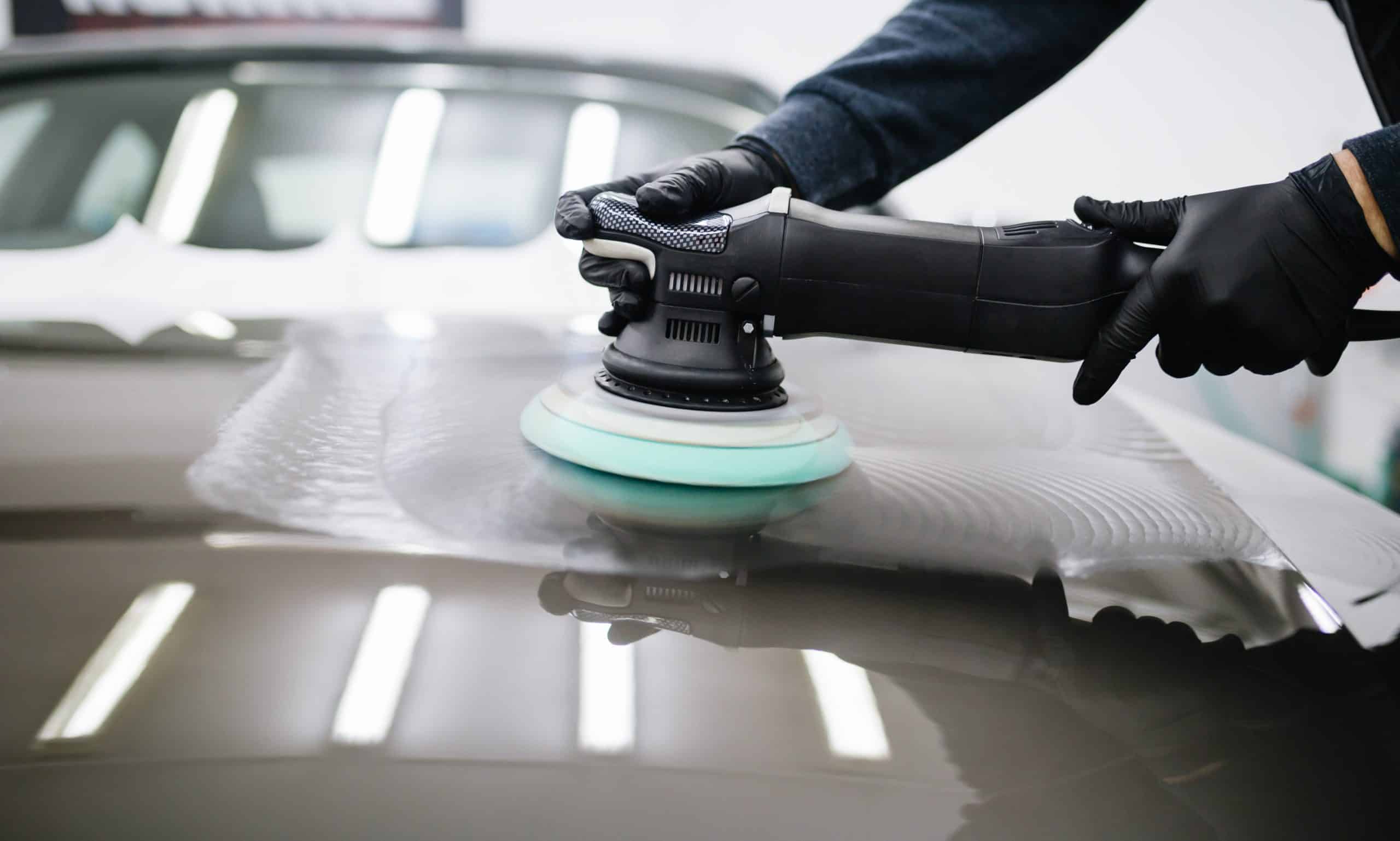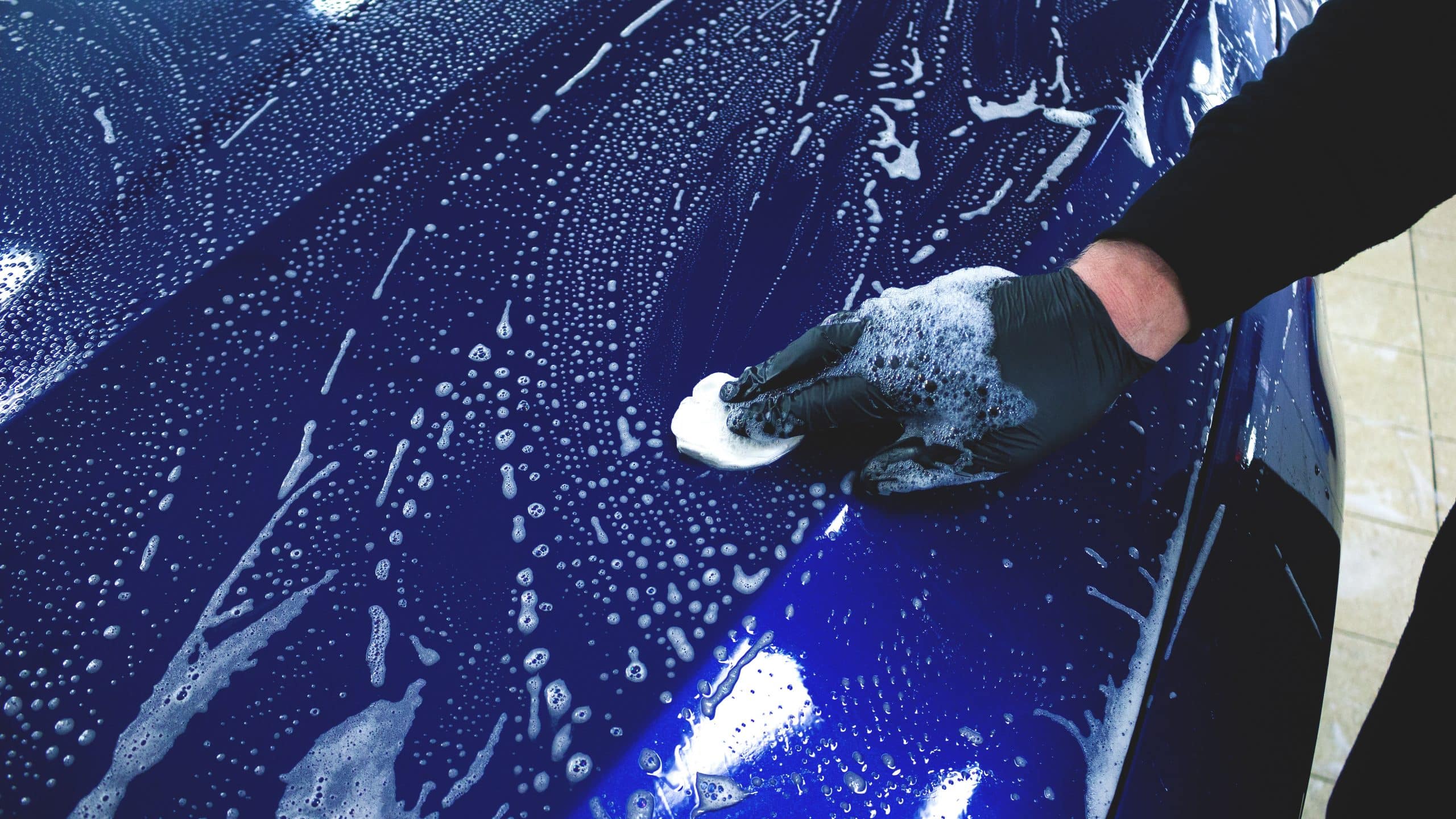
I’m sure you know that your car tires and suspension are what keep you on the road in all weather conditions. Car tires provide cushioning, grip and traction on different road surfaces to ensure a smooth, controlled, safe ride.
But, have you ever paid attention to your tires’ wear patterns? These patterns are not just random marks, they tell a story about your vehicle’s health and your driving habits. In this article, we’ll provide insight into the world of tire wear patterns, help you understand what they indicate and how you can address underlying issues.
Why Tire Wear Patterns Matter
Tire wear patterns are crucial for several reasons:
- Safety: Uneven tire wear is a critical safety concern. When tire wear is not uniform, it can significantly compromise the tire’s grip on the road surface. This imbalance in wear can lead to unpredictable vehicle handling, especially in adverse weather conditions like rain or snow. For example, tires with center wear might not provide adequate traction during emergency braking, increasing the risk of accidents. Regular monitoring of tire wear patterns is essential to ensure that your vehicle remains safe to drive at all times. The minimum required tire tread depth is 2/32 inch. You can test this with a tread depth gauge or with the penny test.
- Performance: The condition of your tires directly influences your vehicle’s overall performance. Tires with uneven wear patterns can affect the smoothness of your ride, fuel efficiency, and even the effectiveness of your car’s suspension system.
For instance, edge wear might cause the vehicle to pull to one side, making driving more laborious and less enjoyable. Maintaining even tire wear ensures that your vehicle operates at its optimal performance level, providing a more comfortable and efficient driving experience. - Cost-Efficiency: Identifying and addressing unusual tire wear patterns early can lead to significant cost savings. Tires are a substantial investment, and uneven wear will shorten their lifespan, necessitating premature replacements.
By understanding and rectifying the causes of irregular tire wear, such as misalignment or improper inflation, you can extend the life of your tires. This proactive approach not only saves money on tire replacements but also helps avoid additional expenses related to secondary issues caused by tire wear, like increased fuel consumption or suspension repairs.
Common Tire Wear Patterns and Their Meanings
Center Wear
Center wear, where the tire’s middle part shows more wear than the edges, typically indicates overinflation.
When a tire is overinflated, it bulges outward in the middle, causing this area to bear most of the vehicle’s weight and make more contact with the road. This results in accelerated wear in the center while the edges wear less. Overinflated tires not only wear out faster but can also lead to a harsher ride and increased vulnerability to damage from road imperfections.
Edge Wear
Edge wear, characterized by more wear on the inner and outer edge than in the center, usually points to underinflation.
In this case, the tire’s sidewalls are not sufficiently inflated to hold the vehicle’s weight, causing the tire to collapse slightly in the middle. This forces the edges to make more contact with the road, leading to quicker wear in these areas. Underinflated tires can cause poor handling, decreased fuel efficiency, and overheating, which may lead to tire failure.
Shoulder Wear
Shoulder wear refers to the pattern where one or both outer rounded edges (the ‘shoulders’) of the tire tread wear down more rapidly than the center. This type of wear is often indicative of specific issues related to tire inflation, alignment, or driving habits.
Camber Wear
Camber wear is a pattern where the inside or outside of the tire tread wears down more rapidly than the center. This type of wear is often associated with the camber angle of the wheel, which refers to the tilt of the tire’s top portion towards or away from the vehicle. If the tire leans too far in either direction, it causes uneven distribution of weight across the tire’s surface.
Camber wear is not a tire issue; it indicates a problem with the wheel alignment or suspension components. Regular alignment checks and suspension inspections are crucial for preventing camber wear and to ensure even tire wear.
Cupping or Scalloping Wear
This involves distinctive, diagonal wear patterns or dips appearing around the tire’s surface. It’s often a symptom of suspension problems, such as worn shock absorbers or misaligned wheels. These issues cause the tire to bounce as it rolls, creating uneven contact with the road and resulting in these irregular wear patterns. Cupping wear can also be caused by imbalanced tires, leading to vibration and noise during driving.
Feathering
Feathering is characterized by the tire treads having a rounded edge on one side and a sharper edge on the other. This wear pattern often indicates a problem with the vehicle’s toe alignment. Improper alignment causes the tires to ‘scrub’ against the road surface at an angle instead of rolling straight ahead, leading to this uneven wear. It can cause the steering to feel unresponsive and may lead to increased wear on other vehicle components.
Patchy Wear
Patchy wear appears as random, bald spots scattered around the tire. This wear pattern is typically a sign of tires that are not being rotated regularly. It can also indicate issues with tire balancing, where uneven weight distribution around the tire causes certain areas to wear down more quickly. Unbalanced tires can lead to vibration, uneven tire wear, and additional strain on the vehicle’s suspension and steering components.
What Causes Uneven Tire Wear Patterns?
Understanding the root causes of uneven tire wear is crucial in preventing it and to ensure your vehicle’s longevity and your safety. These are the primary factors:
- Improper Tire Inflation: One of the most common causes of uneven tire wear is incorrect tire pressure. Overinflation results in the middle of the tire wearing out faster, while underinflation causes the tire’s edges to wear down more quickly. Maintaining the right tire pressure is essential for even tire wear and optimal vehicle performance. Therefore, it’s important to check your tire pressure regularly.
- Misalignment: Wheel alignment is critical for even tire wear. Misaligned wheels can cause the tires to wear unevenly and prematurely. For instance, if the wheels are angled too much inward or outward (known as camber), it can cause wear on one side of the tire. Similarly, incorrect toe alignment (the direction the tires point relative to the vehicle) can lead to ‘feathering’ wear patterns.
- Worn Suspension Components: The vehicle’s suspension system, including shocks and struts, plays a significant role in maintaining even tire contact with the road. Worn or damaged suspension components can lead to cupping or scalloping wear patterns on the tires. Regular suspension checks are vital for preventing this type of wear.
- Driving Habits and Conditions: Aggressive driving habits like hard braking, rapid acceleration, and sharp turns can accelerate tire wear. Additionally, driving on rough roads, potholes, or uneven surfaces can contribute to uneven tire wear.
- Lack of Regular Tire Maintenance: Neglecting regular tire maintenance such as rotation, balancing, and alignment checks can lead to uneven wear patterns. Tire rotation is particularly important as it ensures all tires wear evenly over time.
- Vehicle Load and Distribution: Consistently carrying heavy loads or having uneven weight distribution in your vehicle can also lead to uneven tire wear. It’s important to load your vehicle evenly and not exceed its weight capacity.
Conclusion
Understanding tire wear patterns is essential for maintaining your vehicle’s health and to ensure a safe driving experience. Regular inspections, coupled with appropriate maintenance, can extend the life of your tires and improve your vehicle’s overall performance.














